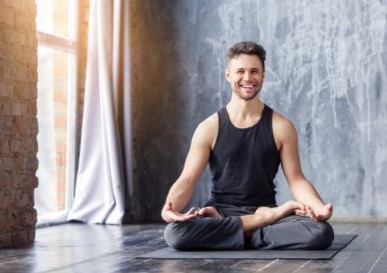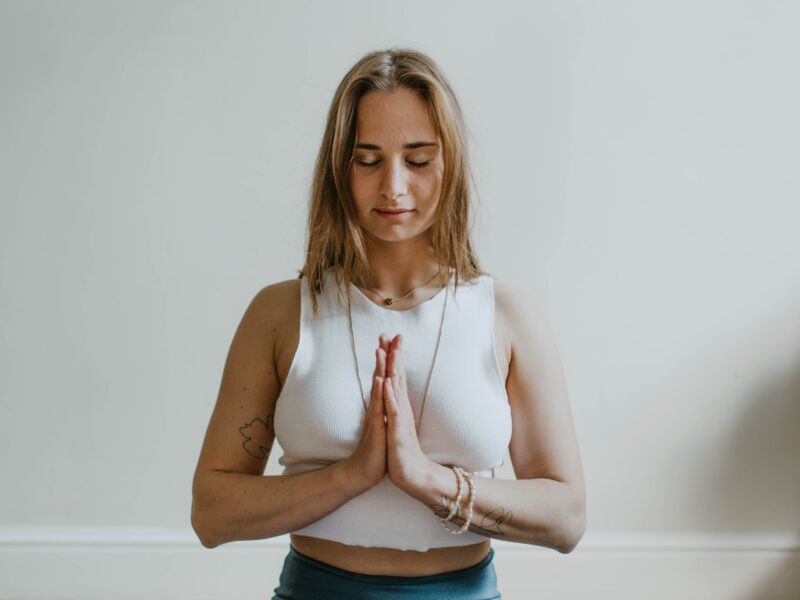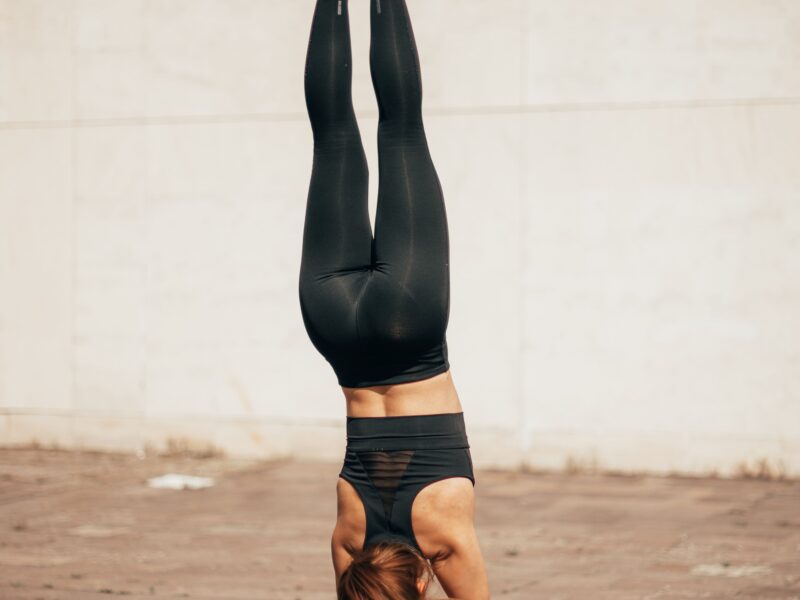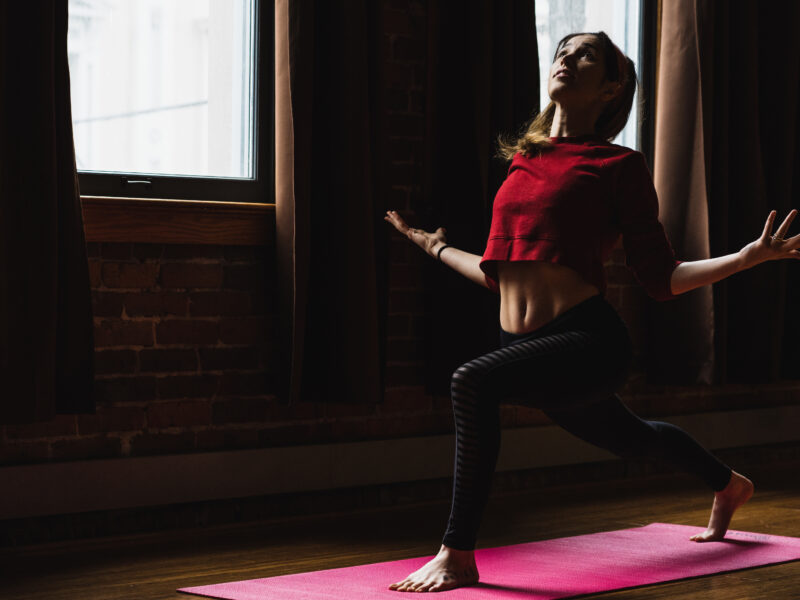Kenrick Goh is a man who has “tasted the goodness of yoga” and incorporated a unique combination in his teaching method—the philosophy of Taichiquan! Find out what he found similar in the two ancient practices—Yoga and Taichi—and how he blends them in his classes.
 What made you start yoga?
What made you start yoga?
I started yoga years ago as a form of cross training when I was competing in National and International Taichiquan competitions. It helped me improve my flexibility, as well as release the tension from my intense trainings.
What inspired you to become a yoga teacher in Singapore?
Yoga has taught me a lot about taking care of myself beyond the physical. My learnings on the mat extend into my life, both mentally and emotionally. Being a homegrown Singaporean, I wish to share my transformational experience with the people who are living on this beautiful land.
Tell us more about the unique form of yoga you teach. What made you introduce this?
I mostly teach Forrest Yoga (founded by the internationally acclaimed yoga teacher and healer Ana Forrest) and Yin Yoga. However in all my classes, I share the approach of seeking balance between Yin and Yang energy within each pose, regardless of it being a dynamic or passive practice. Through my years of practicing Yoga and Taichiquan, I realised some similarities in the techniques between the two, which are complementary. A case in point is the technique of “Sinking”. In yoga, students are often taught to feel grounded as their feet press down during a standing pose. But their legs tend to be either overly engaged or inactive. I incorporated the concept of sinking from the philosophy of Taichiquan to explain what a grounded pose should feel like. Through constant explorations, one is eventually able to relax into poses without collapsing the body.
On an average how many male students do you get per class? Do you feel that more men are taking to yoga?
I get 1-2 male students on an average per class. But it really depends on where the classes are conducted. There is typically a higher percentage of men attending my yoga class in fitness centres as compared to yoga studios. However, I do feel that there is an overall increase in men attending yoga classes.
Why do you think men don’t embrace the mat like women do?
Yoga was practiced mostly by men in the early times. However, all around the world today, it has somehow got projected with a more feminine image, which pushes men away. I believe that if one has tasted the goodness of yoga, he or she will be less intimidated by what they cannot do and how they look in a pose, and will embrace the practice better.
What message can you give men who shy away from attending a yoga class?
We practice yoga for our own well-being and growth. Do not let the judgment and expectations of others stop you from experiencing the magic of yoga.
This article was first published in the print edition of Yoga Journal Singapore, which is now Yogahood Online.






